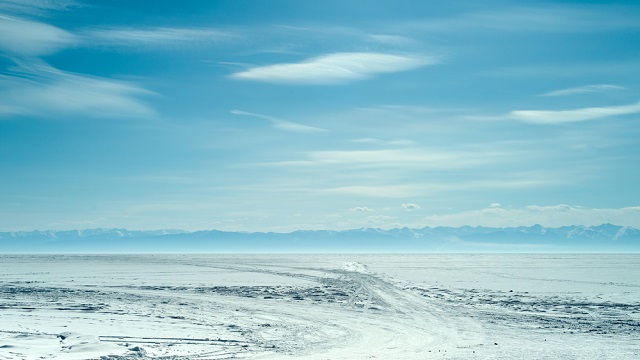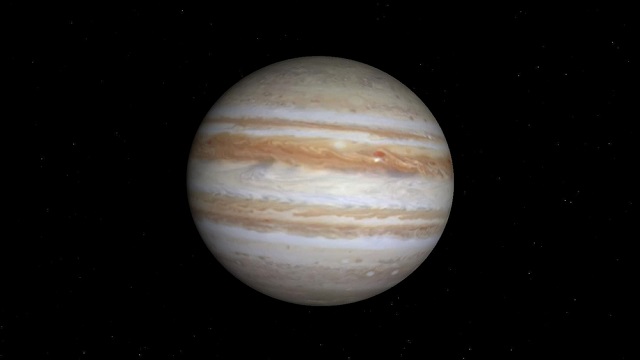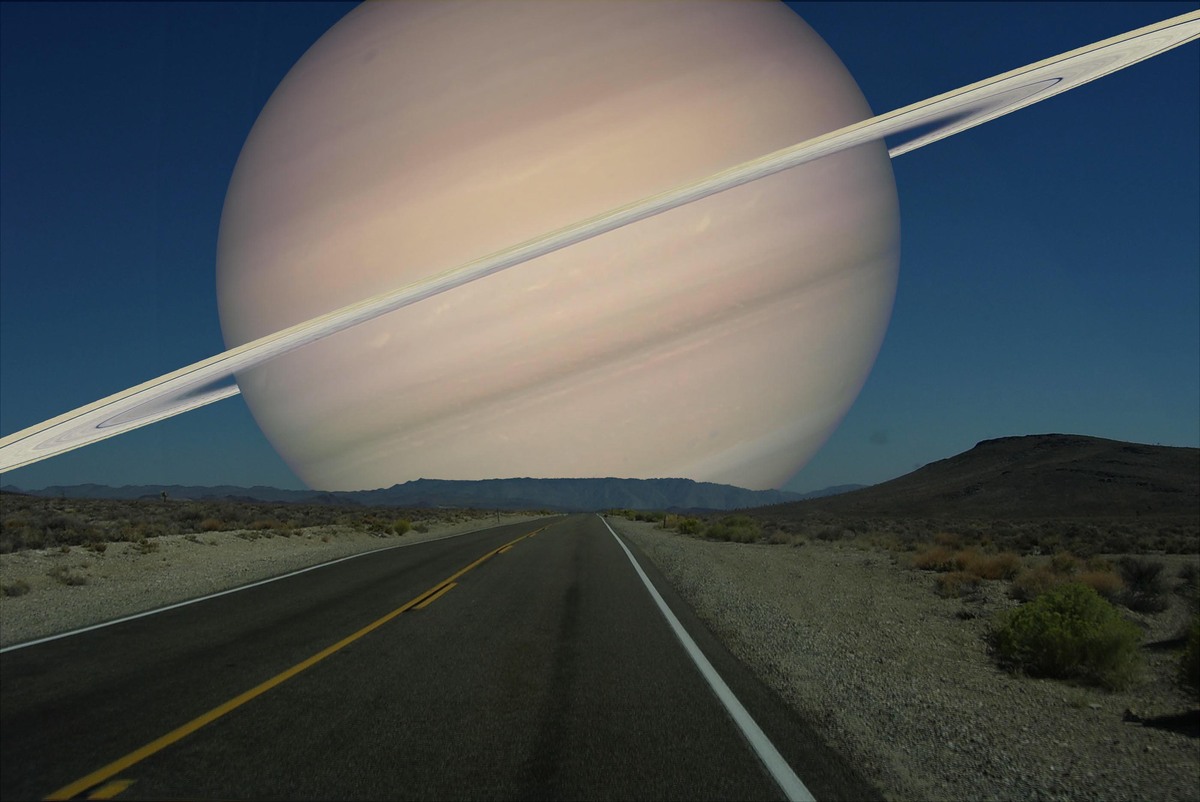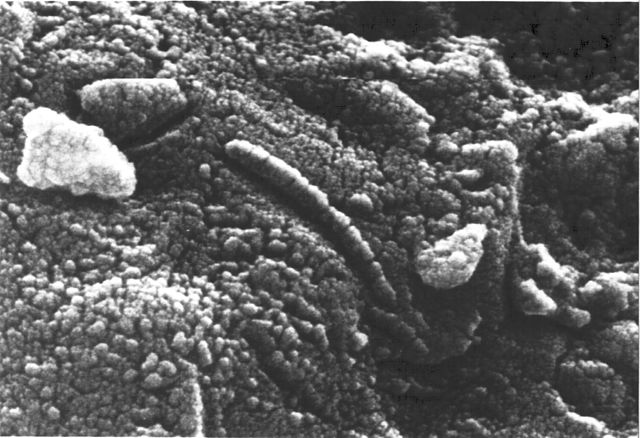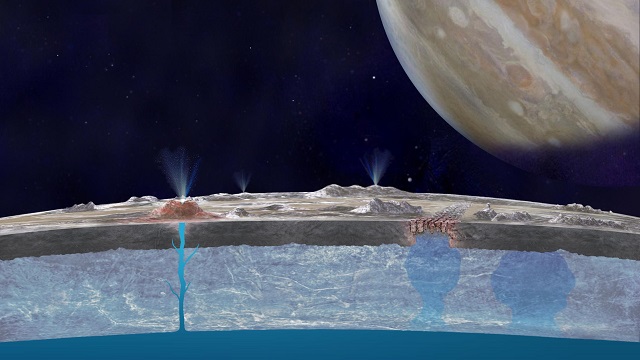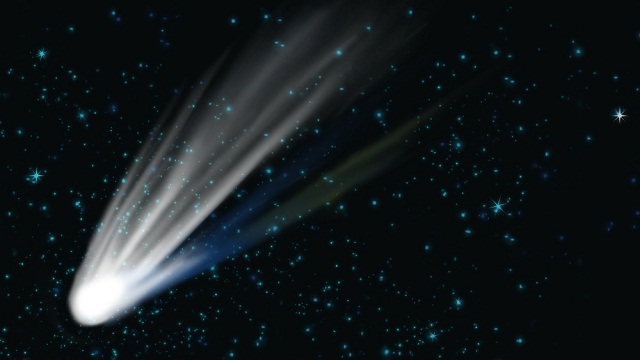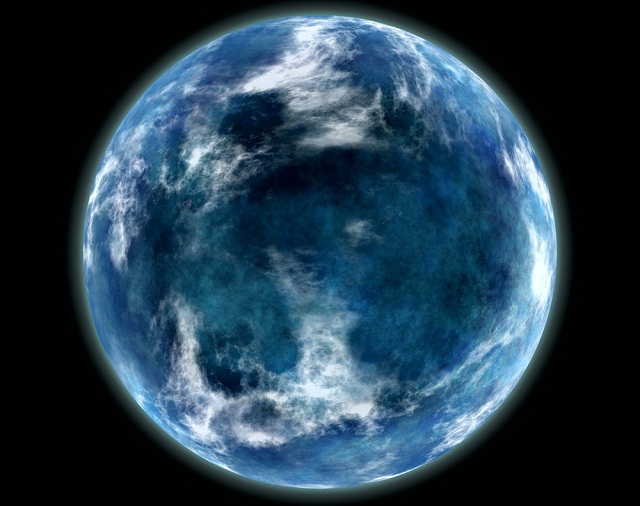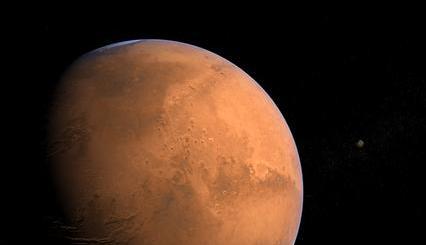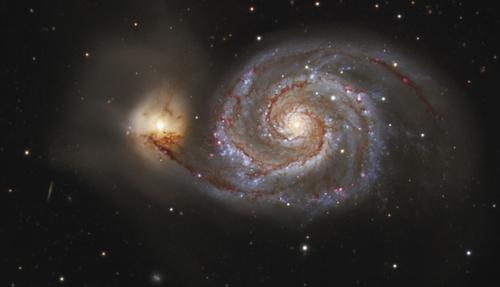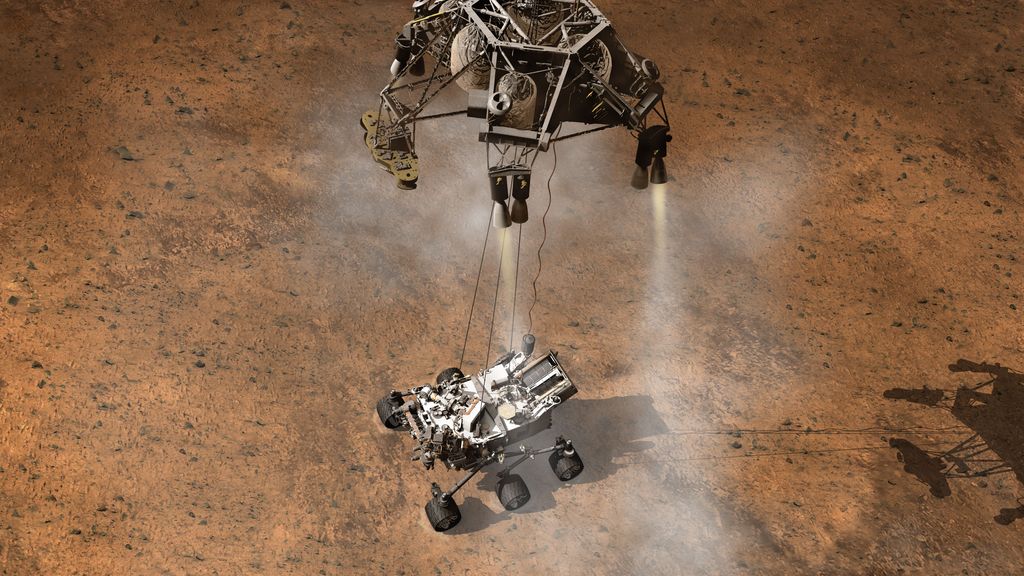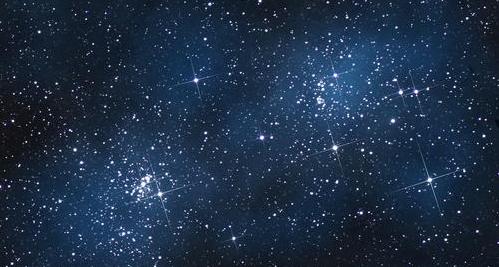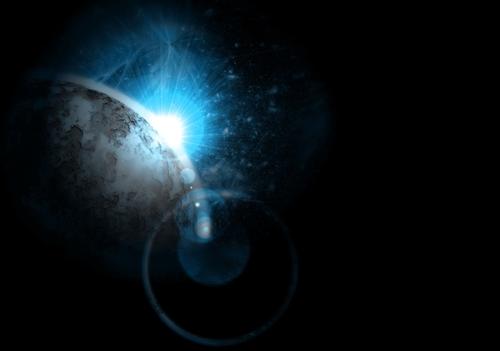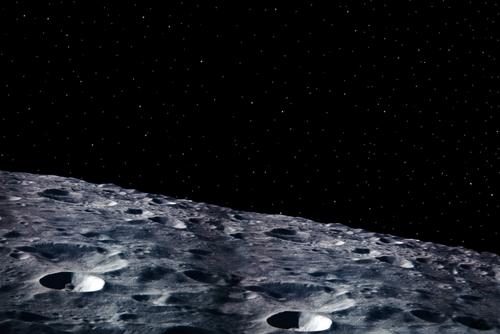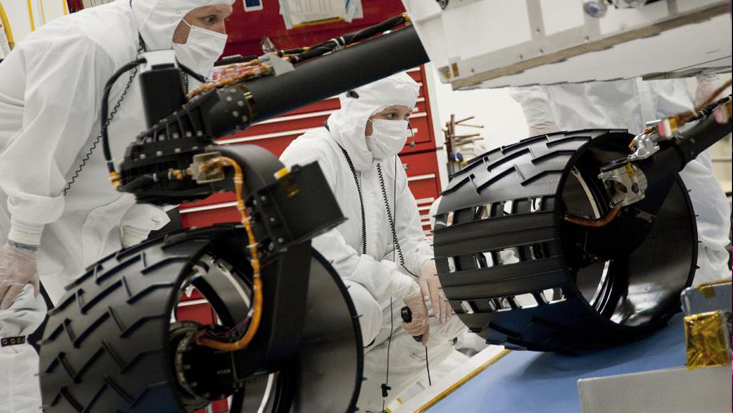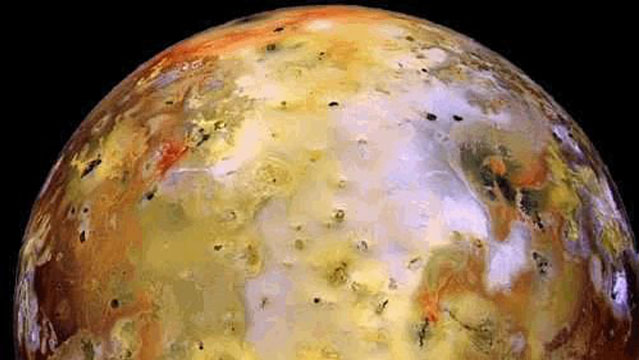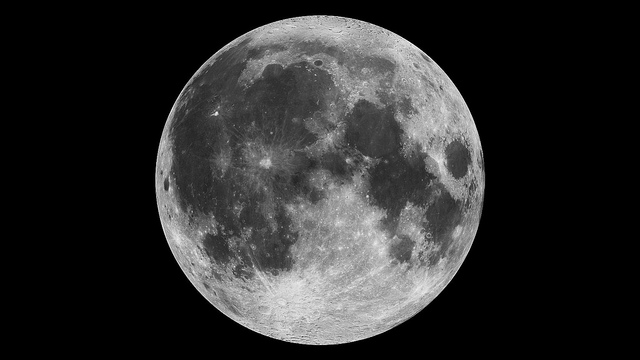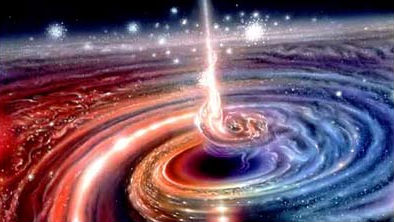Long assumed to be a sterile environment, Lake Vostok may very well host a living ecosystem, according to a new study. If life exists there, it may exist on other planets with similar conditions.
Search Results
You searched for: Jupiter
A new Kickstarter campaign seeks $200,000 to propel a CubeSat into Earth orbit and eventually deep space using a miniature propulsion engine.
Ron Miller has painted the planets as if they were the same distance from Earth as the Moon, in order to demonstrate their size.
If we are to ever reach beyond our own planet, possibly colonizing asteroids and Jupiter’s moon Europa, we need a better propellant system. Rocket scientists recommend nuclear power.
You’ve undoubtedly heard the maxim “Life finds a way.” Well, if life has indeed found a way on one of the other trillions of planets in our Milky Way Galaxy, it would likely not be our way.
Ideology often drives people to madness. History is full of frightening examples. The most recent may be California Congressman Dana Rohrabacher, a member of the House Science Committee, which […]
The icy surface of this Jupiter moon hides a vast body of liquid that most scientists believe is water. Thanks to improved spectrometry, they now believe that that water may be salty.
Comet ISON was first spotted well beyond Jupiter’s orbit, which makes it fairly large. If it makes it past the sun it could light up the night sky by this time next year.
A new paper says the “rogue planet” is drifting in space about 100 light-years away from Earth, raising speculations as to how many others are out there.
Thirty-five years after their launch, the two Voyager deep space probes are about to enter interstellar space, while still transmitting data back to Earth.
Their are other places in the solar system which might harbor life, say astronomers. Given probable budget cuts, some scientists are criticizing NASA’s singular focus on the Red Planet.
You run the innovation playbook – a prophetic strategy, a product development obstacle course of a process, a portfolio management radar detection system and a wide array of eccentric creativity […]
[Editor’s Note: It’s happening again. I hadn’t gotten any of these messages since last year, and I was starting to hope that the wormhole, or whatever strange conduit it was, […]
There may be evidence of super-advanced civilizations in other galaxies who have learned to control the entire energy output of their parent star. And we could start looking for them.
In New York City, Susan Miller is an institution, a sage of the media and fashion worlds. As the astrologist for Elle magazine, best-selling author, and founder of AstrologyZone.com (est. […]
If phantom islands can be discovered as recently as 2012, maybe there are still more of them out there.
There is not much middle ground in the debate over whether life exists beyond planet Earth. Astronomers either believe the odds of life are impossibly rare or mundanely common.
As I’m writing this post, NASA’s latest Mars mission – the Mars Science Laboratory, also known as Curiosity – is just hours away from its destination. By the time you […]
The discovery of ancient planets and new data suggesting that carbon may have formed in the early universe has overturned conventional wisdom about the possibility of very early life.
The Hubble Space Telescope has confirmed that a distant planet discovered in 2009 is largely composed of water. Its physical attributes could mean an exotic mix of elements are present.
SETI, or the Search for Extra Terrestrial Intelligence, could be used to look for evidence of alien technology on the surface of the moon. Sure, it’s a long shot. But what if we found something?
Scientists have discovered two supermassive black holes each with a mass equivalent to 10 billion Suns. They are eating up everything across a space five times bigger than our solar system.
My August 20th blog entry, “MARS Updates Including The Curiosity Rover, The Flow of Liquid Water and Possible Manned Missions” mentioned that NASA was preparing to launch its latest Mars […]
A European space telescope has found 10 previously unknown alien planets, all of which are gaseous like Saturn or Jupiter. They boost the count of extrasolar planets to 565.
One of the more exciting frontiers in geology is that of planetary volcanology – that is, how do volcanoes work on other planets. We know at least a few in […]
Andreas Tziolas of Project Icarus overviews the general Icarus mission timeline, with a focus on the propulsion techniques that will be required to support the fusion-propelled interstellar vehicle.
A showdown over the course of Solar System exploration has ended with a qualified victory for Mars. NASA firmly favours a mission to Mars over a rival one to Jupiter’s icy moon Europa.
For 15 million years, a vast icebound lake has been sealed deep beneath Antarctica’s frozen crust, possibly hiding prehistoric or other unknown life. Now, the lake is about to be unsealed.
There has long been a desire to prove a connection between Earth’s geological activity and the gravitational resonance of the moon and the sun. Is there any truth to this claim?
The fabled planetary alignment predicted to occur in 2012 is actually happening right now. Is this a sign of the Apocalypse, or just eye candy for stargazers?
